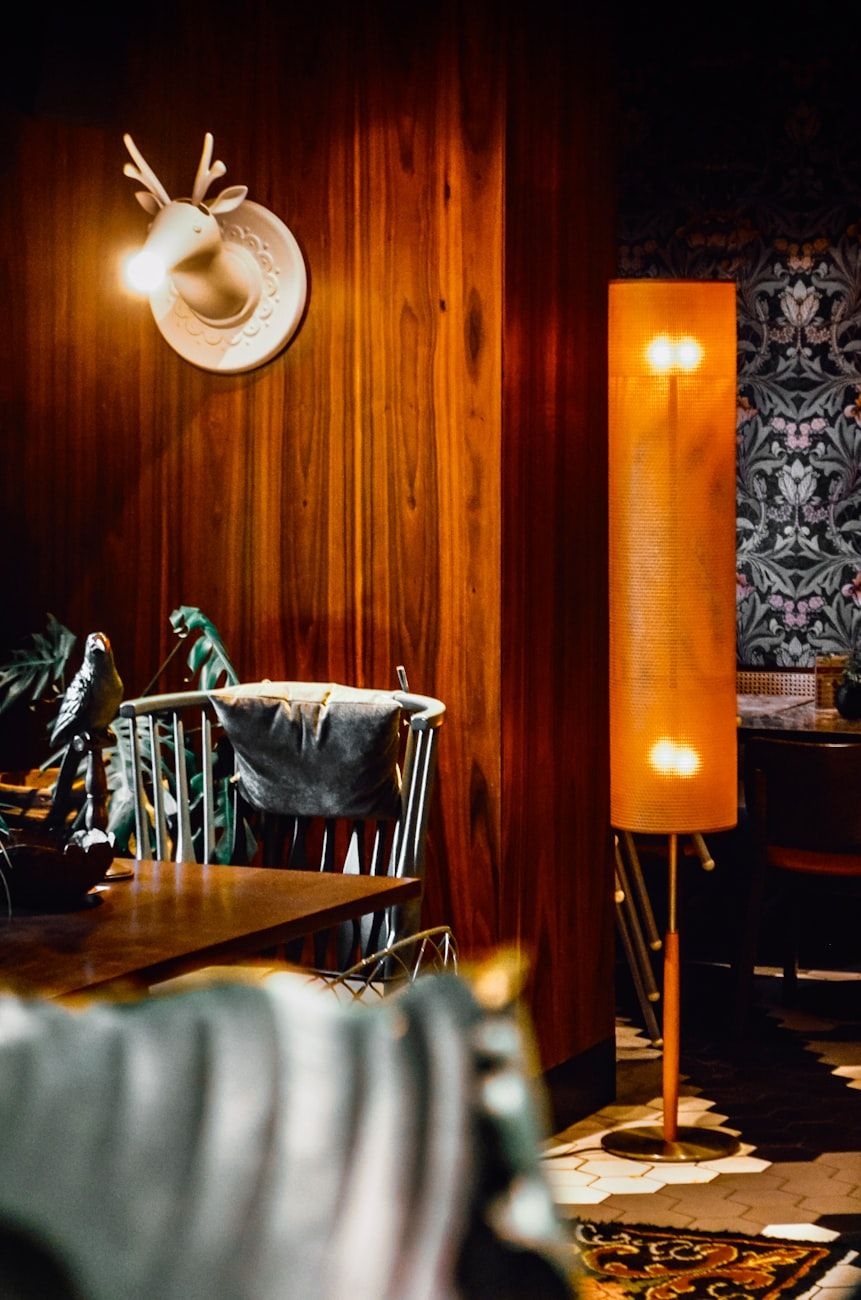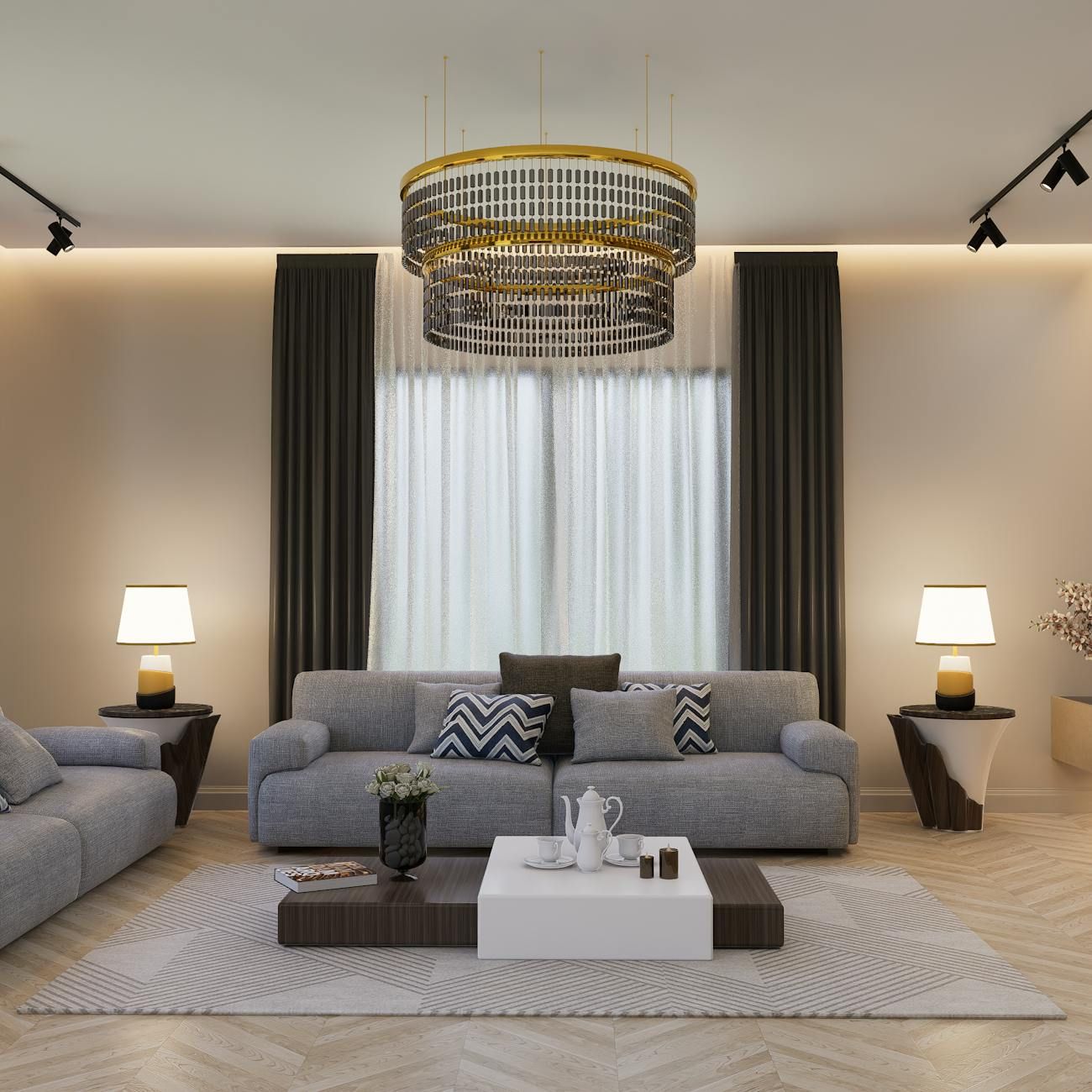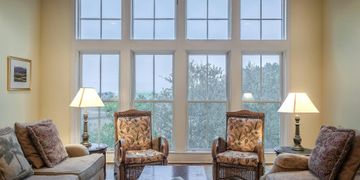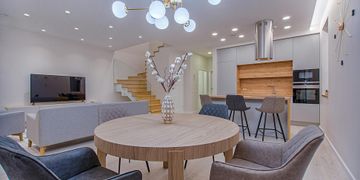Lighting 101: Smart Strategies for Your Home Design Project



When it comes to home design projects, lighting plays a crucial role in creating the right atmosphere and ambiance. Whether you are renovating your current space or moving into a new home, it's important to have a solid lighting plan in place. In this guide, we will discuss some smart strategies for lighting your home effectively.
Creating a well-thought-out lighting design plan is essential for any home. Here are some lighting design tips to help you achieve the perfect lighting setup:
1. Assess your space:
Before you start picking out light fittings, take time to assess your space and understand how different areas will be used. This will help you determine the type and amount of light needed in each room.
2. Mix and match lighting sources:
To create a layered lighting effect, consider using a combination of overhead lighting, task lighting, and accent lighting. This will help you achieve a balanced and functional lighting scheme.
3. Consider natural light:
Don't forget to take advantage of natural light sources in your home. Position furniture and other elements to make the most of natural light during the day, and supplement it with artificial light as needed.
4. Choose the right light fittings:
When selecting light fittings, consider both the aesthetic appeal and functionality. Opt for fittings that complement your overall home design while providing adequate lighting for each space.
5. Use dimmers and smart lighting solutions:
To create the right mood and ambiance, consider installing dimmer switches and smart lighting controls. This will allow you to adjust the brightness and colour temperature of your lights according to your needs.
When planning your interior lighting layout, it's important to think about the specific requirements of each room. Here are some home lighting ideas for different areas of your house:
1. Living room: In the living room, focus on creating a warm and inviting atmosphere. Use a combination of overhead lighting, floor lamps, and table lamps to provide both general and task lighting.
2. Kitchen: Lighting in the kitchen should be functional and practical. Opt for bright overhead lights for food preparation areas, under-cabinet lighting for task areas, and pendant lights for the dining area.
3. Bedroom: When lighting the bedroom, aim for a relaxing and soothing atmosphere. Consider using bedside lamps, wall-mounted lights, and dimmable ceiling fittings to create a cosy feel.
4. Bathroom: In the bathroom, lighting should be both functional and flattering. Opt for bright, white light around the vanity area for grooming tasks, and softer light sources around the bath or shower for a spa-like feel.
5. Home office: When lighting a home office, prioritise task lighting to reduce eye strain. Use a combination of overhead lighting, desk lamps, and adjustable lighting solutions to create a productive work environment.
Modern lighting solutions have made it easier than ever to achieve a well-lit and stylish home. From energy-efficient LED bulbs to innovative smart lighting systems, there are plenty of options to suit your needs and preferences.
Residential lighting design is all about finding the right balance between functionality and aesthetics. By following these tips and strategies, you can create the best lighting setup for your home and enhance the overall look and feel of your space.
Remember, lighting has the power to transform any room and elevate your home design to the next level. With a thoughtful lighting plan in place, you can create a space that is not only beautiful but also practical and comfortable for everyday living.
Start planning your lighting layout today and see the difference it can make in your home!




